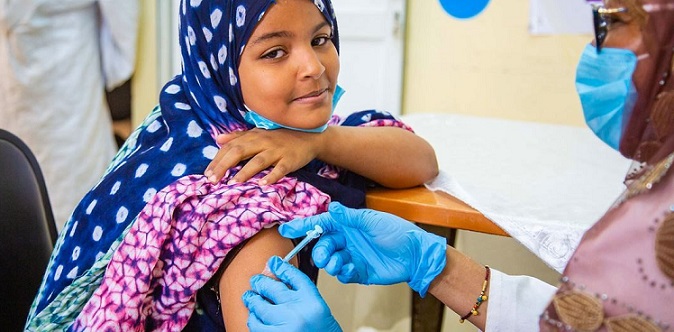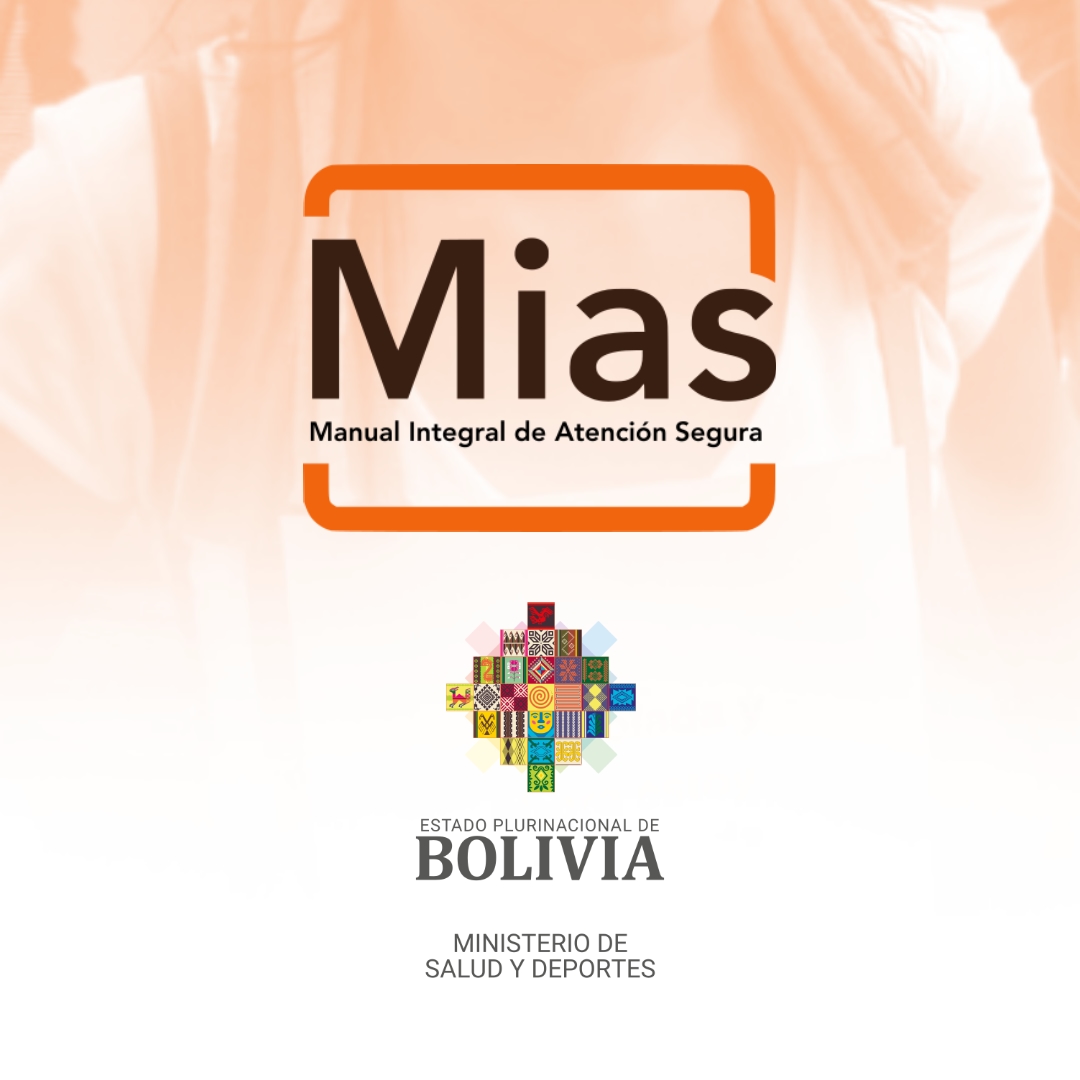Every year 300,000 women worldwide die from preventable cervical cancer. January 2022 is Cervical Cancer Awareness Month.
More than 300,000 women die each year worldwide from preventable cervical cancer and the World Health Organization (WHO) renewed this January the 90-70-90 campaign, which seeks to eliminate the scourge within a century.
“Cervical cancer is highly preventable and treatable. It could become the first cancer to be eliminated,” said WHO Director-General Tedros Adhanom Ghebreyesus.

The International Agency for Research on Cancer (IARC) declared January 2022 as Cervical Cancer Awareness Month, with the purpose of alerting the population about the importance and the great possibility of ending this disease.
Cervical cancer is largely preventable through vaccination and detection of precursor lesions, with appropriate follow-up and treatment, said IARC, an intergovernmental body under the auspices of the WHO.
Although preventable and treatable, cervical cancer is the second most common cause of cancer death in women of reproductive age worldwide, according to WHO at its headquarters in this Swiss city.
Some 604 000 women were diagnosed with cervical cancer worldwide in 2020, and 342 000 of them died as a result of the disease.
Few conditions reflect inequalities as much as cervical cancer: nearly 90 percent of deaths occur in low- and middle-income countries.
In these nations, the incidence of the disease is higher because access to public health services is limited and screening and treatment have not been widely implemented.
Therefore, IARC and WHO are campaigning for every country to achieve and maintain three targets, 90-70-90, in the lifetime of today’s young women.
The first is for 90 percent of girls to be vaccinated against human papillomavirus before the age of 15.
The second is to ensure that 70 percent of women are screened by a high-throughput test by age 35 and again by age 45.
The third is that 90 percent of women with cervical lesions that may degenerate into cancer receive preventive treatment, and that 90 percent of women with invasive cancer receive adequate treatment.
Tedros called on all countries and WHO partners to increase access to human papillomavirus vaccination. The aim is to meet the 90-70-90 targets by 2030 “in order to embark on the path to cervical cancer elimination in the next century.”
As part of this initiative, IARC highlights three research projects that are part of the fight against cervical cancer, the first of which is to focus on the areas of vaccination against high-risk types of human papillomavirus, the agent that causes most cases of cervical cancer.
The second project deals with treatment of precancerous cervical lesions in a resource-limited setting, and the third with improving the coverage of cervical cancer screening programs in at-risk populations.
When exposed to human papillomavirus, the body’s immune system usually prevents the virus from doing harm. However, in a small percentage of people, the virus survives for years, contributing to the process that causes some cervical cells to become cancerous.
The risk can be reduced with screening tests and by receiving a vaccine that protects against human papillomavirus infection.
To eliminate this type of cancer from the list of public health problems, the IARC-WHO strategy established as a threshold that all countries reach an incidence rate of less than four cases per 100,000 women.
Source: AmecoPress/SemMéxico/IPS.














